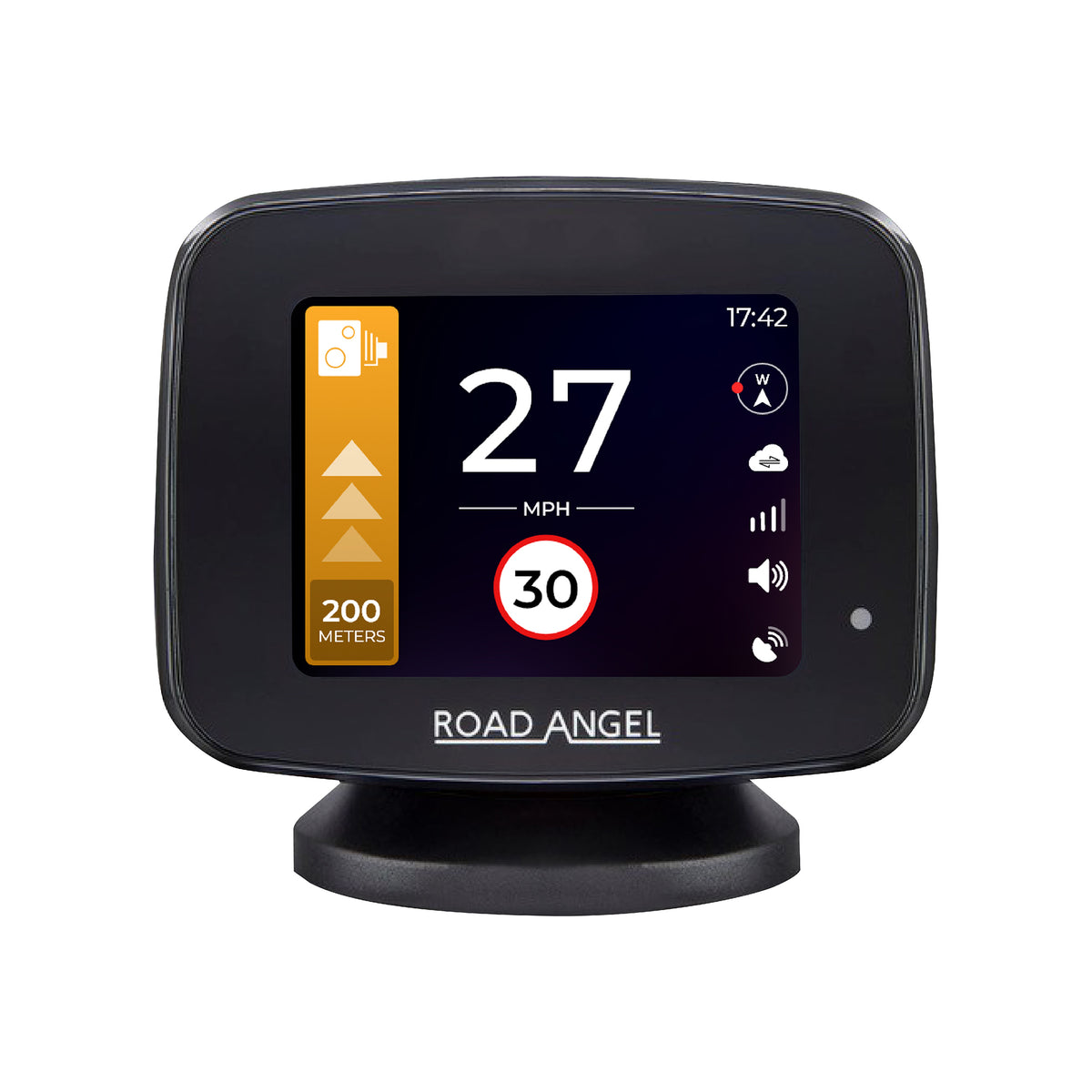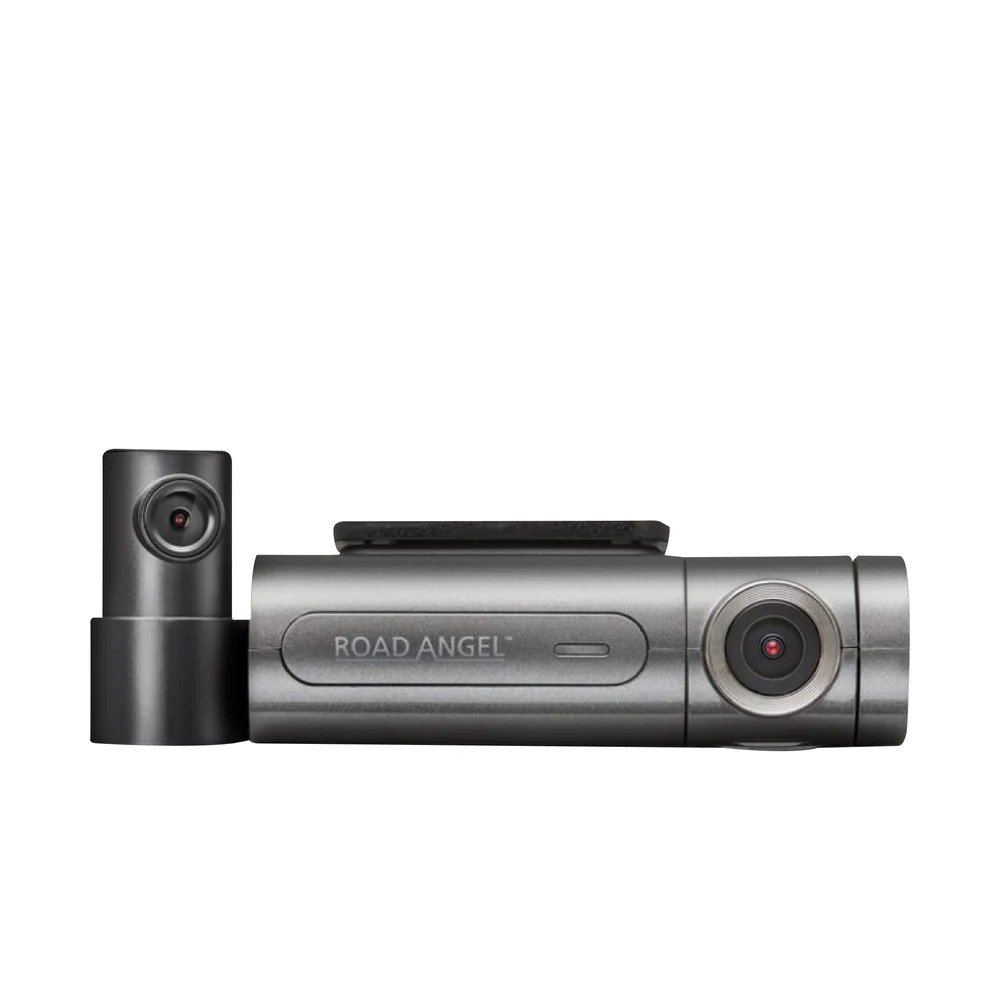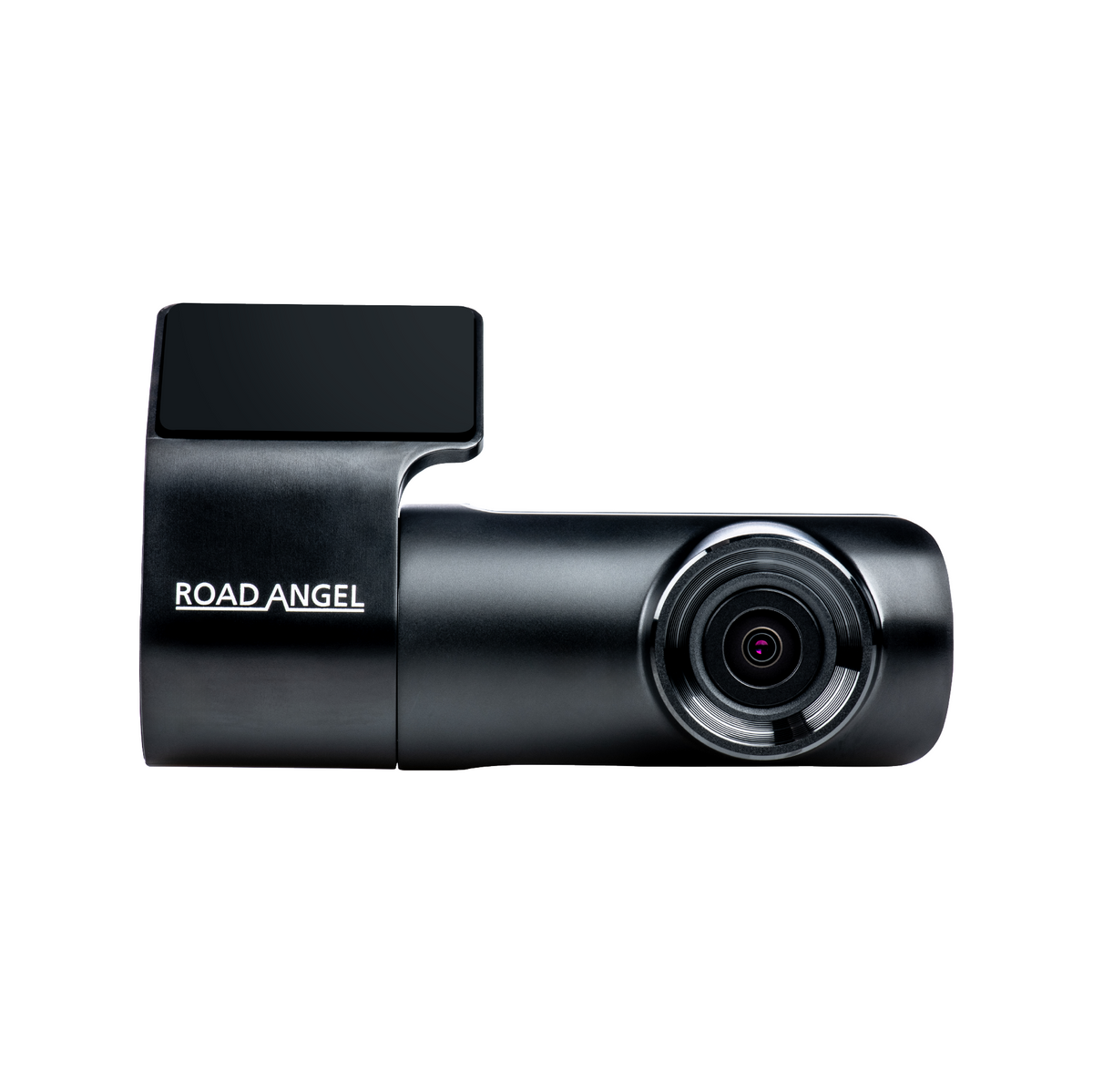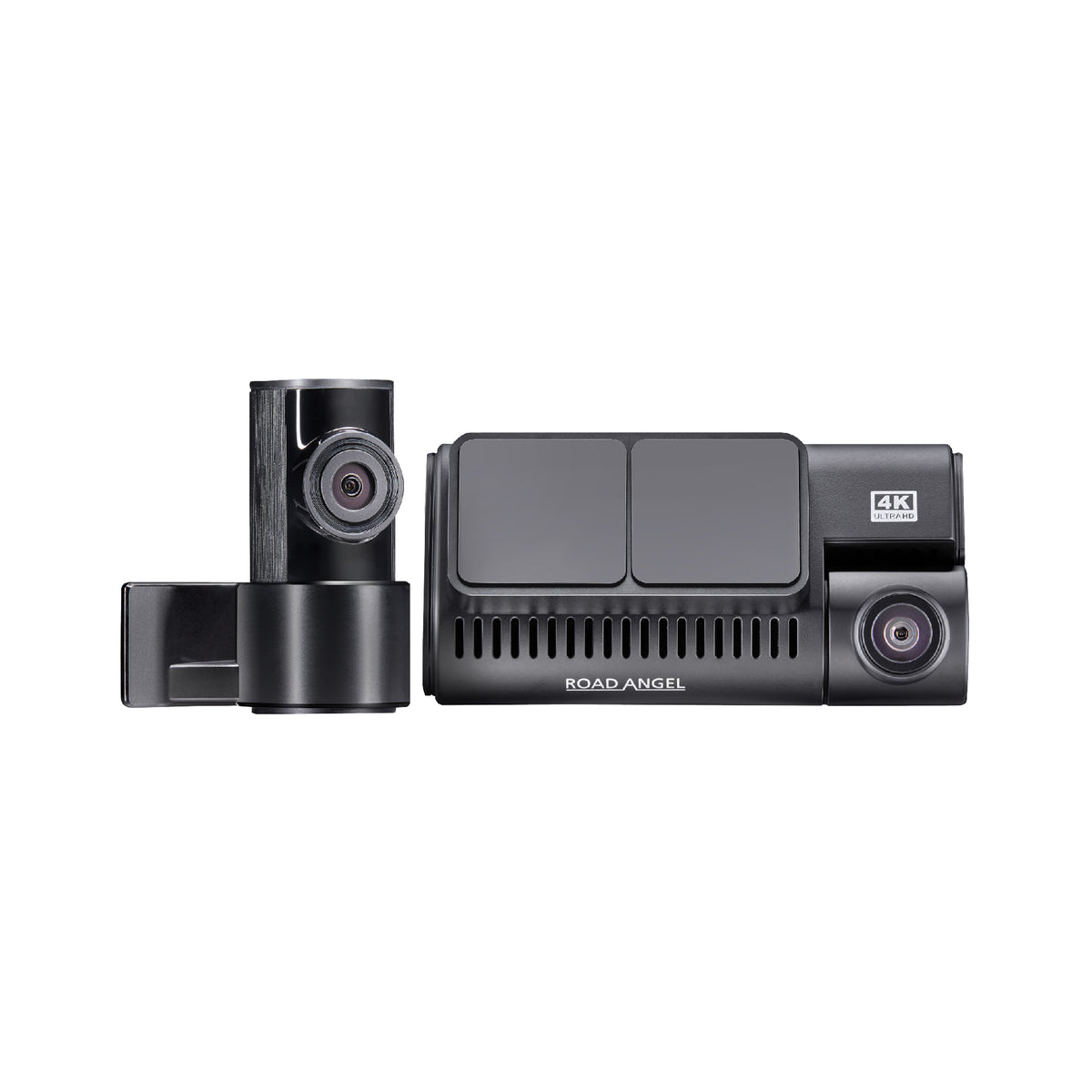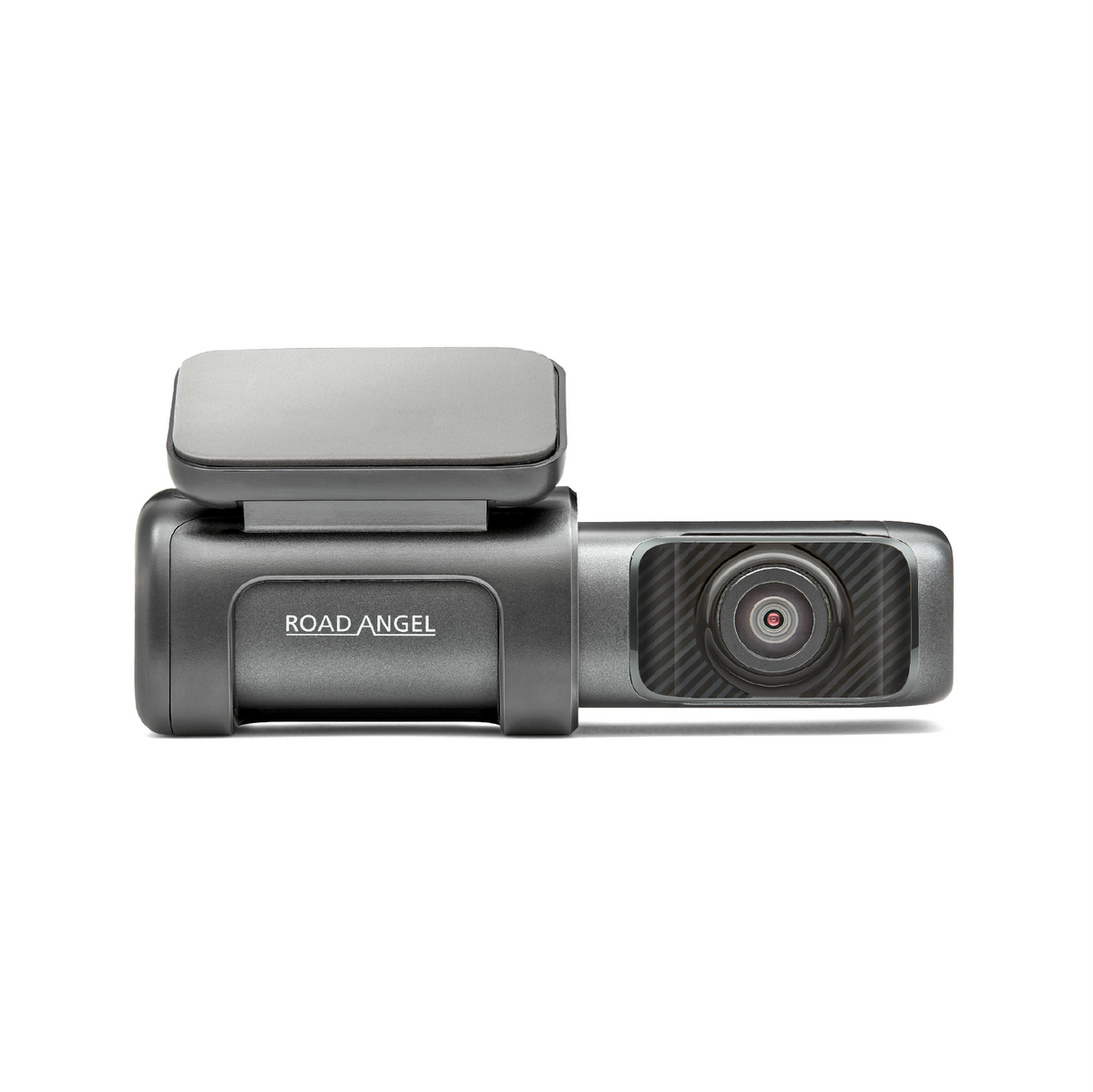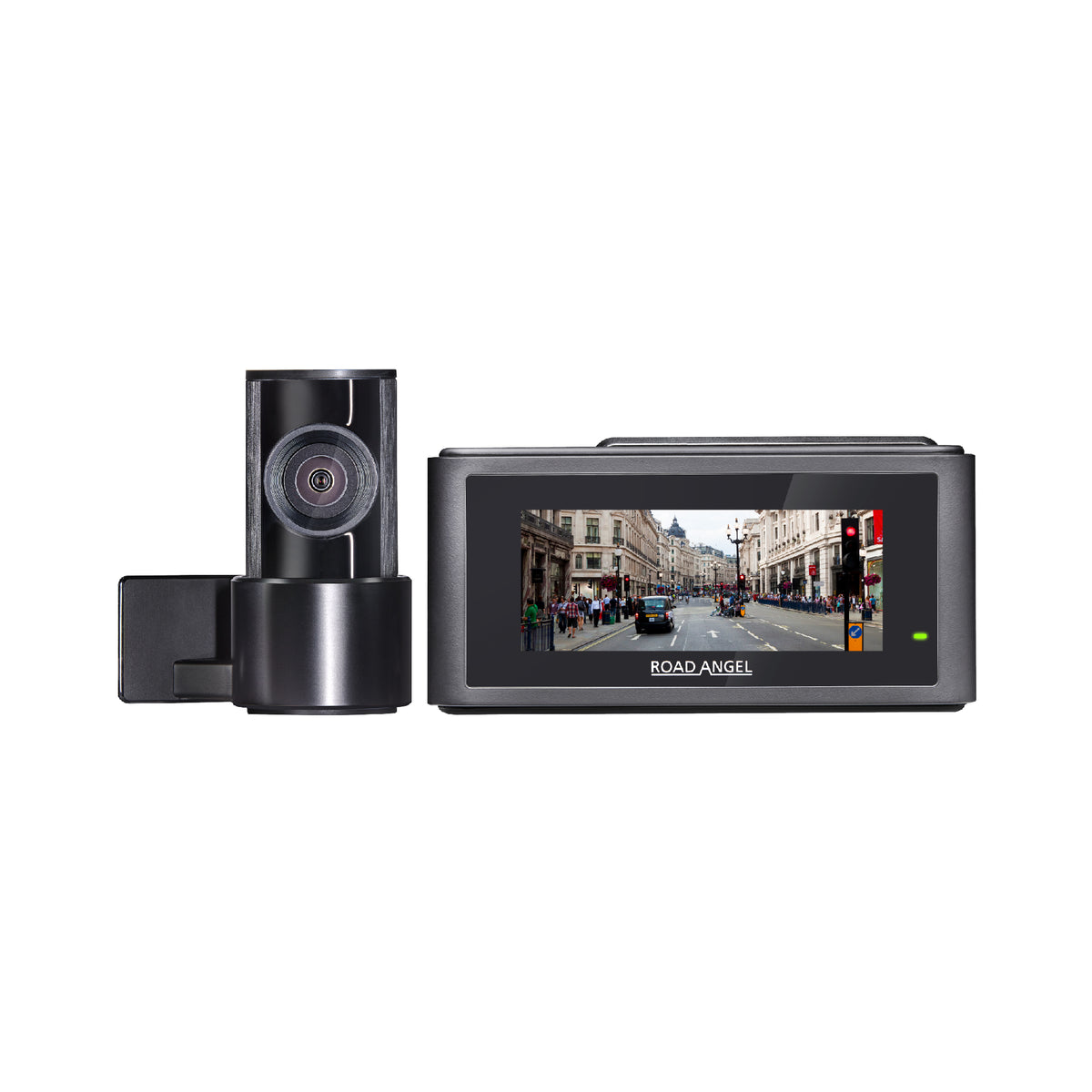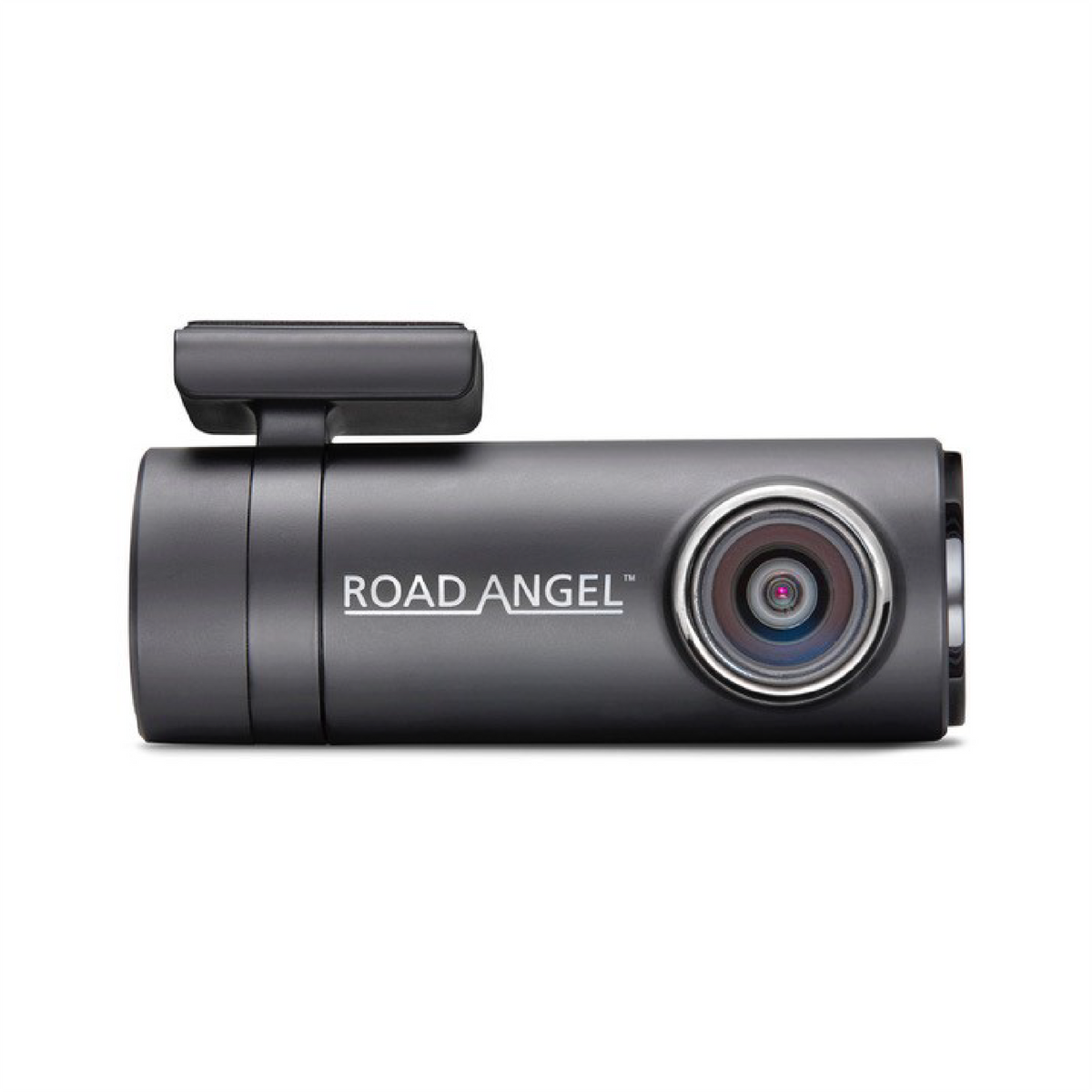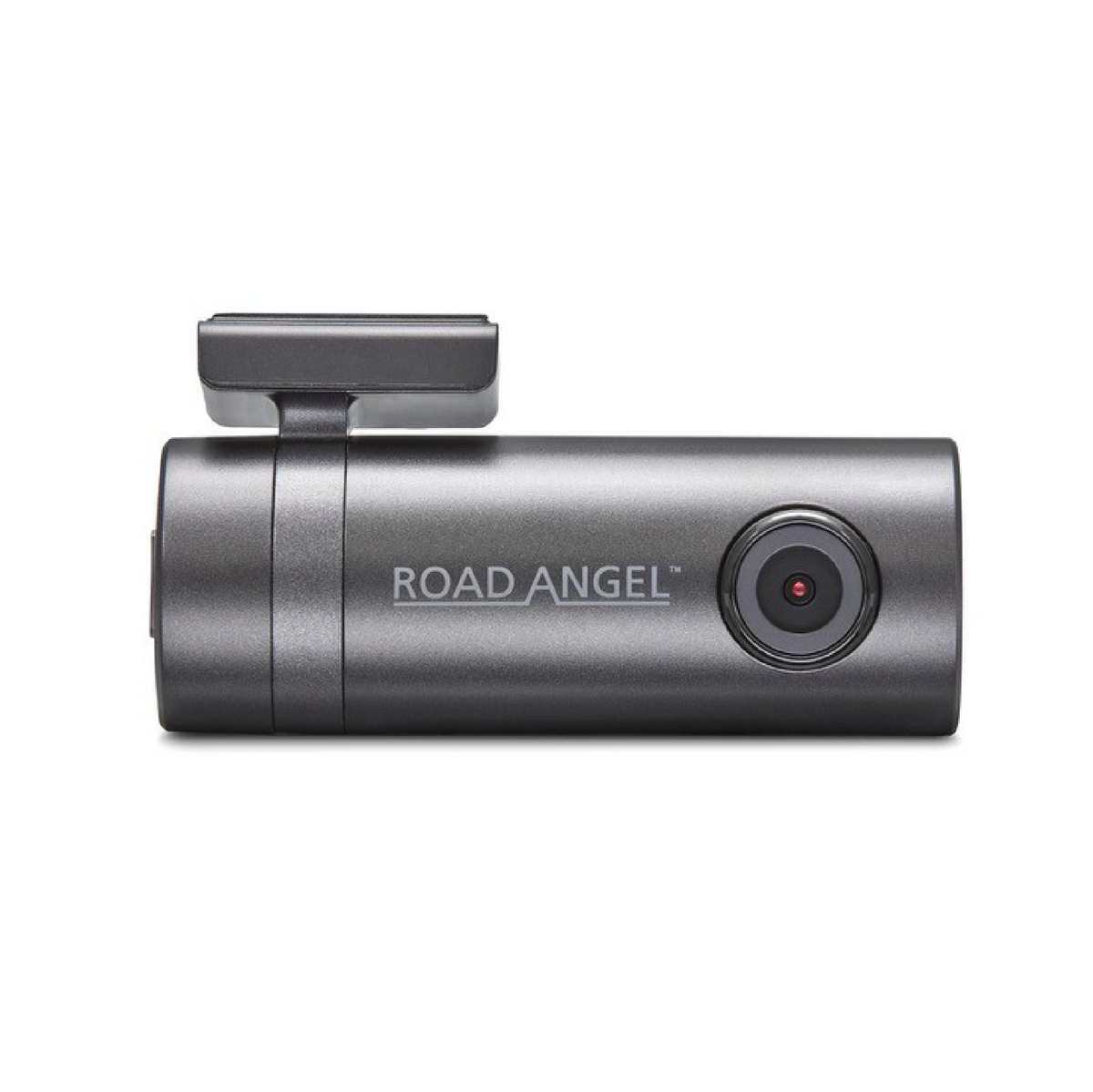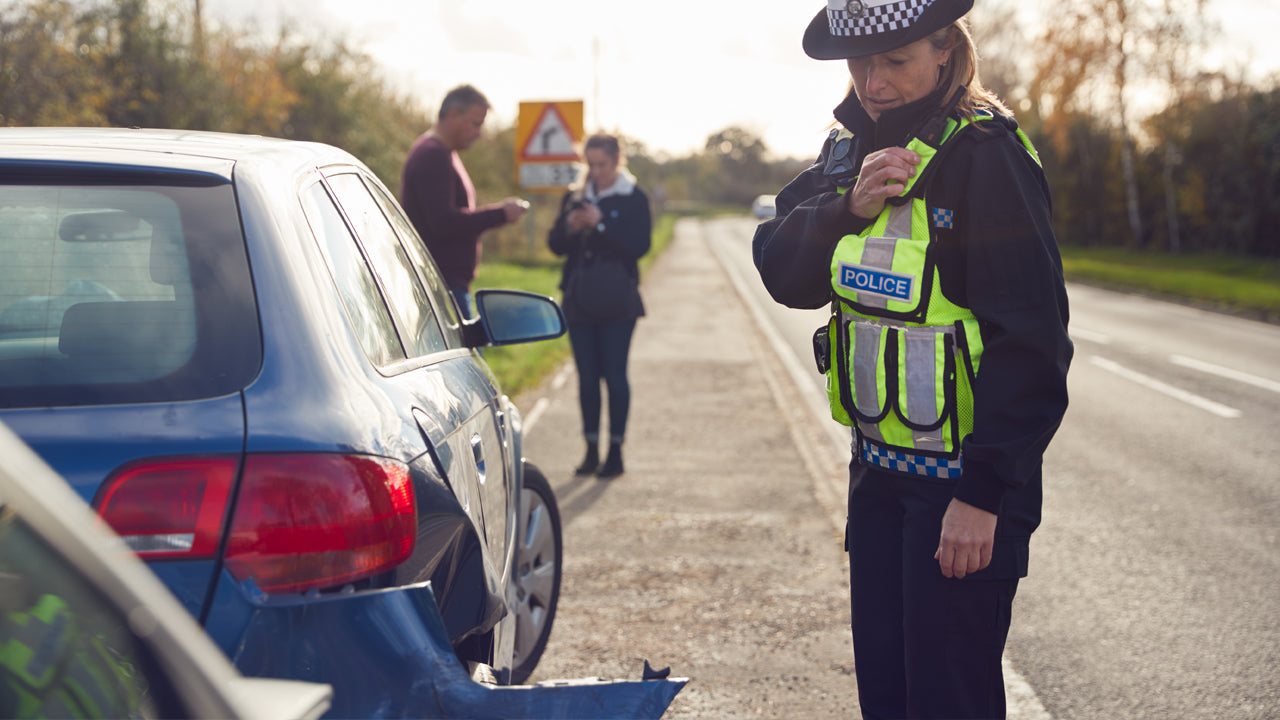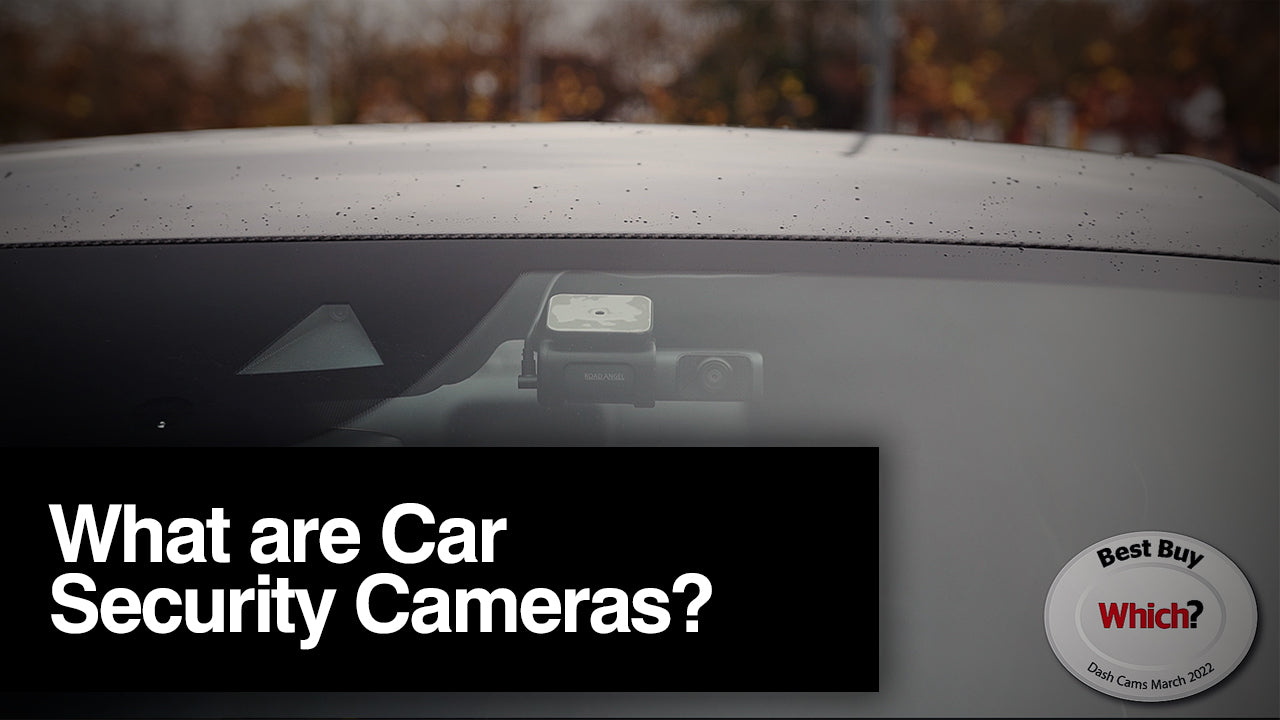In an age where technology and vehicles intertwine more than ever, dash cams have surged from a niche gadget to a must-have for drivers worldwide. But with a market flooded with options, the choice between screen-equipped dash cams and their more discreet no-screen counterparts can leave buyers puzzled. This blog aims to demystify these options, helping you navigate the best fit for your vehicular companion.
Introduction to Dash Cams
Dash cams, short for dashboard cameras, have evolved from simple recording devices to sophisticated electronic sentinels for your vehicle. They offer a digital eyewitness for incidents on the road, deterring insurance fraud, capturing breath-taking drives, or simply providing peace of mind.
Types of Dash Cams
Screen Dash Cams
Equipped with an LCD display, screen-based dash cams allow instant playback and live viewing, making them ideal for those who prefer a hands-on approach. The screen facilitates ease of use, allowing drivers to navigate menus directly and adjust settings on the fly. A big downside to screen dash cams is the constant distraction and lack of "hands-free" options.
No-Screen Dash Cams
Favouring a minimalist design, no-screen dash cams shun the display to offer a compact and less intrusive presence. Configuration and footage playback require a connection to a smartphone app or computer, appealing to the tech-savvy user who values discretion. We would advise exploring options where a smartphone can be integrated easily, such as the Road Angel Halo Ultra 4K Dash Cam.
Advantages and Disadvantages
Screen Dash Cams
Pros:
- Instant playback to review footage without additional devices.
- User-friendly interface for immediate settings adjustment.
- Direct on-device interaction for convenience.
Cons:
- Potential distraction while driving.
- Larger size and more visible, possibly attracting thieves.
- Higher power consumption due to the display.
No-Screen Dash Cams
Pros:
- Compact and discreet, blending seamlessly with the vehicle's interior.
- Reduced risk of theft due to inconspicuous design.
- Often integrates more seamlessly with mobile apps for advanced features.
Cons:
- Reliance on external devices for playback and settings adjustment.
- Lack of immediate feedback can be inconvenient for some users.
- Possible compatibility issues with certain smartphones or operating systems.
Considerations for Buyers
When choosing between a dash cam with or without a screen, consider what matters most to you. Is the ease and immediacy of a screen worth the trade-off in size and potential distraction? Or does the stealth and simplicity of a no-screen model align better with your tech ecosystem and aesthetic preferences?
Installation and Maintenance
Both types of dash cams typically share similar installation processes, involving mounting the camera, routing power cables or hardwiring the dash cam in, and ensuring optimal camera angle. Maintenance revolves around regular firmware updates, cleaning the lens, and managing storage space, ensuring your dash cam remains a reliable eyewitness.
User Experiences and Recommendations
Feedback from the community shows a split preference. Enthusiasts of screen-equipped models appreciate the immediate access to their footage, while advocates for no-screen versions value the sleek design and advanced app functionalities. Your driving habits, vehicle type, and tech affinity should influence your choice.
Our Conclusion
The decision between a dash cam with a screen and one without is a no-brainer for us. We find dash cams with screens as a distraction and a potential hazard, adding more reasons for you to take your eyes off the road. With our Road Angel Dash Cam range, you're in a good hands knowing your dash cam is recording, regardless of screen output.




